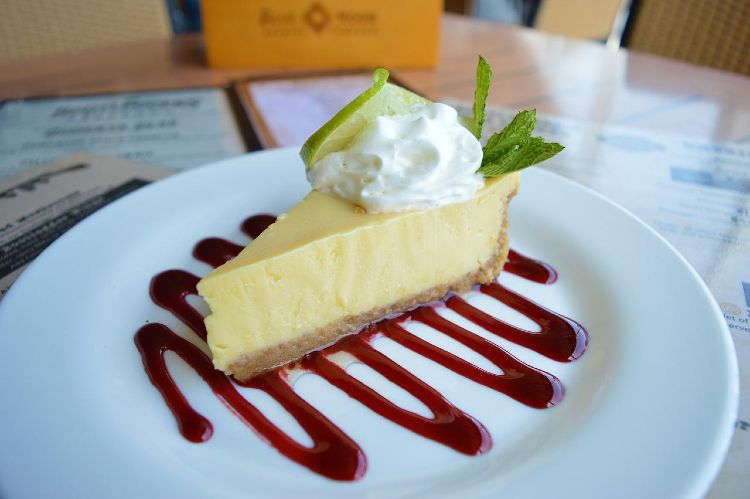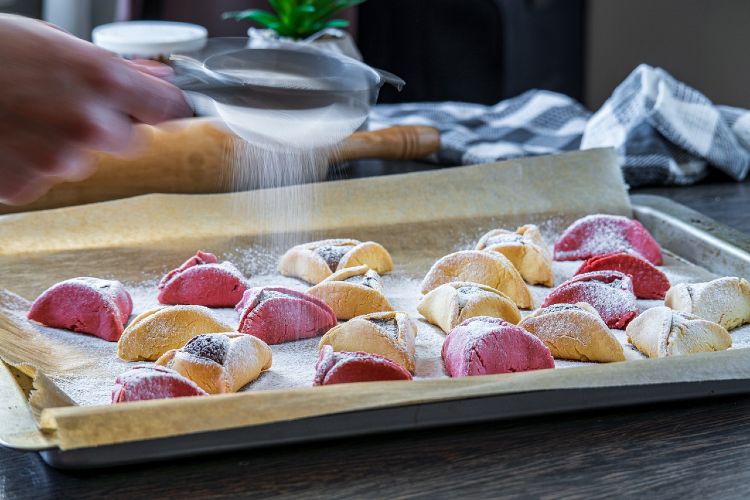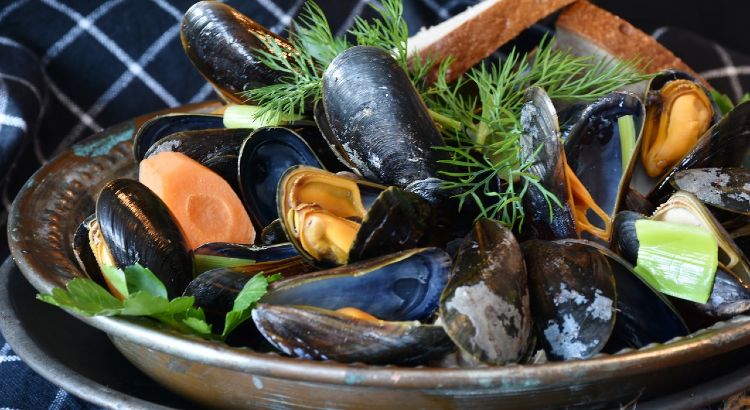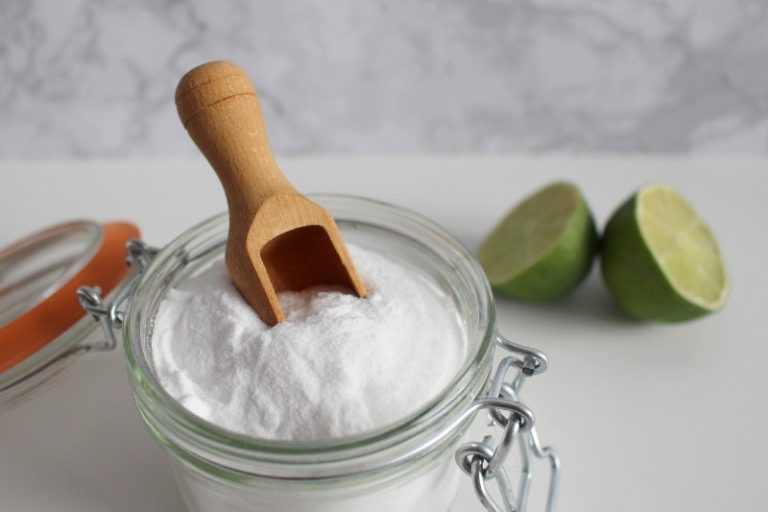Decadent Desserts of the World
Every nation on earth has its very own favourite decadent dessert. The one that is served with pride and glory to all the family for Sunday lunch, for birthdays, high days and holidays. Meeta Wolff goes in search of the top ten finest, world class desserts. For recipes of many of them, make sure you visit her food blog and recipes at www.whatsforlunchhoney.net. Parties will never be the same again!
Australia/New Zealand: Pavlova
This famous dessert, with a light crunchy meringue base, topped with lashings of fluffy whipped cream and scattered with handfuls of fruit, will bring delight to any sweet tooth. Whether the Pavlova was created in New Zealand or in Australia remains a matter of hotly contested debate. That however, should not stop one from indulging in this exquisite multi-textured dessert.
Made by beating egg whites to a stiff consistency with added sugar, white vinegar and cornstarch, makes for one of the tastiest, crunchy soft dessert sensations known to man when decorated with whipped cream and fruit, usually strawberries, peaches, kiwi or passionfruit. Creativity has no limits and the pavlova is a very versatile dessert, where flavor combinations and ingredient pairings are a matter of taste.
Italy: Tiramisu
Very few things seem more quintessentially Italian than the luscious dessert known as tiramisu. This delectable layering of savoiardi biscuits soaked in strong espresso and alcohol, slathered with a zabaglione cream and sprinkled with cocoa powder is the perfect “pick me up” after a good meal. The brilliant idea behind the Tiramisu is not in the technique of layering, but in the ingredients. It is the flavor combination of coffee, a light airy mascarpone based zabaglione cream and chocolate, which is the real secret behind this dessert.
Over time many variations of this dessert have been created; in the summer with scatterings of berries, while in the winter fragrant spices are used. The classic still remains the all time favorite, however. It is believed to have been invented in the town of Treviso, in the Veneto in Northern Italy, but is now a world-renowned dessert.
France: Macarons
The macaron is a desert of legendary proportions which easily transcends the cookie genre. Technically a pastry, in which two shells are made from ground almonds, egg whites, icing sugar and caster sugar encase a delicate filling flavoured with a symphony of different flavours. It is believed that macarons made their way to the French court from Italy with the chefs of Caterina di Medici who married King Henry II of France in 1533. The dessert rose to prominence in 1792 when two nuns seeking asylum in Nancy during the French Revolution baked and sold macarons to support themselves and became known as the macaron sisters. At that time the macaron was just a plain pastry, with no flavour and no filling.
It was not until the 1900s that Laduree’s Pierre Desfontaines revolutionized the macaron by taking two pastry shells and filling them with ganache. Since then both Laduree and Pierre Herme have elevated the macaron to a new level of patisserie excellence.
Germany: Black Forest Cherry Cake / Schwarzwälderkirschtorte
Sour Morello cherries and Kirchwasser, a double-distilled, clear cherry brandy made from Morello cherries, are grown and produced widely in the Black Forest (Der Schwarzwald) region of southern Germany. Therefore, it is not surprising that desserts incorporating these ingredients have become staples of this region. Of these the Schwarzwälderkirschtorte or the Black Forest Cherry Cake is probably the most famous.
The earliest version of the recipe dates back to the late 16th century when chocolate, which was very expensive at the time, was first integrated into cakes and desserts. Some suggest that the cake actually originated in Switzerland and travelled northward becoming one of Germany’s most famous desserts. However, others claim that the cake was brought to Switzerland from Germany after World War II and today it has become a national cake of Switzerland.
Basically a Black Forest Cherry Cake is a chocolate layer cake, soaked in Kirsch syrup and comprising of layers of whipped cream and Kirsch-soaked Morello cherries. The cake is then decorated with more whipped cream, Morello cherries, and chocolate curls or shavings.
Great Britain: Sticky Toffee Pudding
While Great Britain boasts a plethora of traditional puddings from sweet to savory, Sticky Toffee Pudding is perhaps a modern classic. Francis Coulson, chef and owner of the Sharrow Bay Country House Hotel, in England’s Lake District, popularized the sticky toffee pudding in the early 1960’s. Today, the sticky toffee pudding can be found on menus in restaurants throughout the U.K. From the humblest cafeterias to the finest restaurants, each has their own, unique, regional recipe.
Sticky Toffee Pudding is a light, moist cake flavoured with chopped sticky dates and vanilla, which is then served warm, soaked in a sticky toffee sauce made of butter, cream and brown sugar.
India: Shrikhand
The deliciously smooth and creamy Indian dessert originates from the region of Gujarat. In it’s purest form Shrikhand is basically strained yogurt, hung to drain off all the liquid and then whisked with sugar and spices like cardamom and saffron. The result is a thick, sweet, creamy mixture served chilled with a sprinkling of nuts. However, being so versatile it can be combined with innumerable flavours, the most popular being mango, but berries, pomegranate seeds or pineapple are also very popular.
Shrikkhand is often eaten in traditional Gujarti cuisine as part of a vegetarian platter, called a “thali”. Served chilled and being sweet it complements the hot and spicy curries it is often served with.
Egypt: Umm Ali
Although labelled a “bread pudding”, do not be put off by it because Umm Ali is anything but your typical bread pudding. Umm Ali is a light fluffy pastry bathed in sweet milk, sprinkled with tangy dried fruits and nuts, then baked in the oven to allow all the flavours to mingle and marry.
The name Umm Ali literally means Ali’s mother and dates back to Ottoman rule in Egypt. According to legend, the Sultan stopped in a poor village looking for something to eat and the village’s best cook, named Umm Ali, made something akin to this dish.
While it may not be the way the dessert was served back then, with an added scoop of Bourbon vanilla ice cream this dessert is pure joy.
Turkey: Baklava
The exact origin of baklava is hard to pinpoint, because every ethnic group whose ancestry goes back to the Middle East has laid claim to this scrumptious pastry. And you can understand why. Rich, sweet pastry made with layers of phyllo dough, stuffed with a selection of nuts and aromatic spices then drenched in sweet syrup and honey, makes for an incredibly unique and delicious dessert.
Although the history of baklava is not very well documented it is widely believed that the Assyrians around 8th century B.C. were the first people who put together a few layers of thin bread dough, with chopped nuts in between those layers, added some honey and baked it in their primitive wood burning ovens. This earliest known version of baklava was baked only on special occasions. In fact, historically baklava was considered a dessert of nobility until the mid-19th century.
Today several countries throughout the Middle East, Greece and Iran prepare their variation of the baklava, which is sold in sweet shops or bakeries.
Austria: Sachertorte
Rich, chocolatey and fruity, everything about the Viennese Sachertorte denotes decadence. For more than 175 years, the Sachertorte has been considered one of the world’s most sophisticated chocolate pastries.
Franz Sacher, an apprentice working in a small pastry shop in Vienna around the 1830s, was tasked with creating something new for a powerful European diplomat who was tired of the heavy cream based tortes available at the time in Austria. At the age of 16, Sacher thought of a totally new style of pastry – two layers of a slightly bitter chocolate cake sandwiching a sweet, fruity apricot jam, then a shiny dark chocolate glaze covered the cake. A dollop of whipped cream was added to the side of the cake for the traditionalists. Even today, the Sachertorte is served with the “schlagober” – the whipped cream. It is said that it takes 32 steps to prepare a Sachertorte and the perfect cake will be prepared using the finest of ingredients, because anything else reduces it to being a very ordinary chocolate cake.
Switzerland: Engadine Nut Cake
While there might be several different recipes for nut cakes, the most popular originates from Engadine in Canton Graubunden, Switzerland. A filling of caramelized walnuts and heavy cream, filled into a classic shortcrust pastry, it is found throughout the patisseries of the Canton. Normally, as it is highly calorific, the cake is cut into small pieces and eaten as dessert with coffee or tea. This filled Nusstorte was created by a baker in Engadine called Fausto Pult in 1926 who later went on the sell them at an exhibition in Basel, which introduced the cake to a wider audience. Anyone who has indulged in the Engadine nut cake will have their particular favourite component. Some love the buttery shortcrust pastry that covers the entire filling, while others relish the intensive caramel nut aroma.



